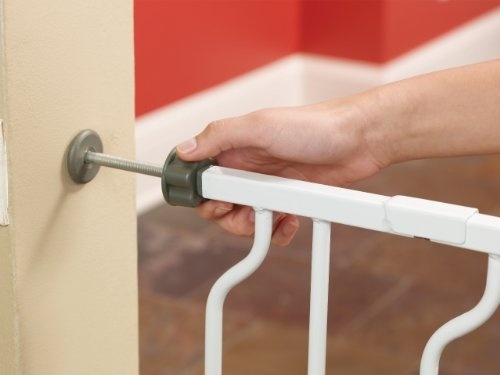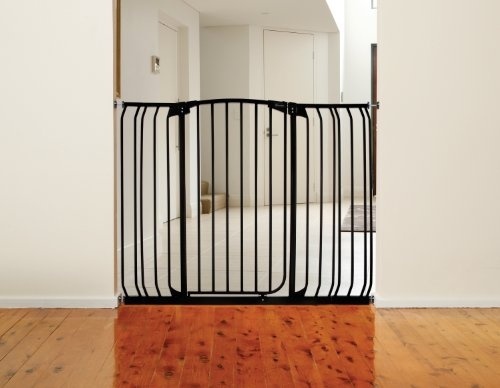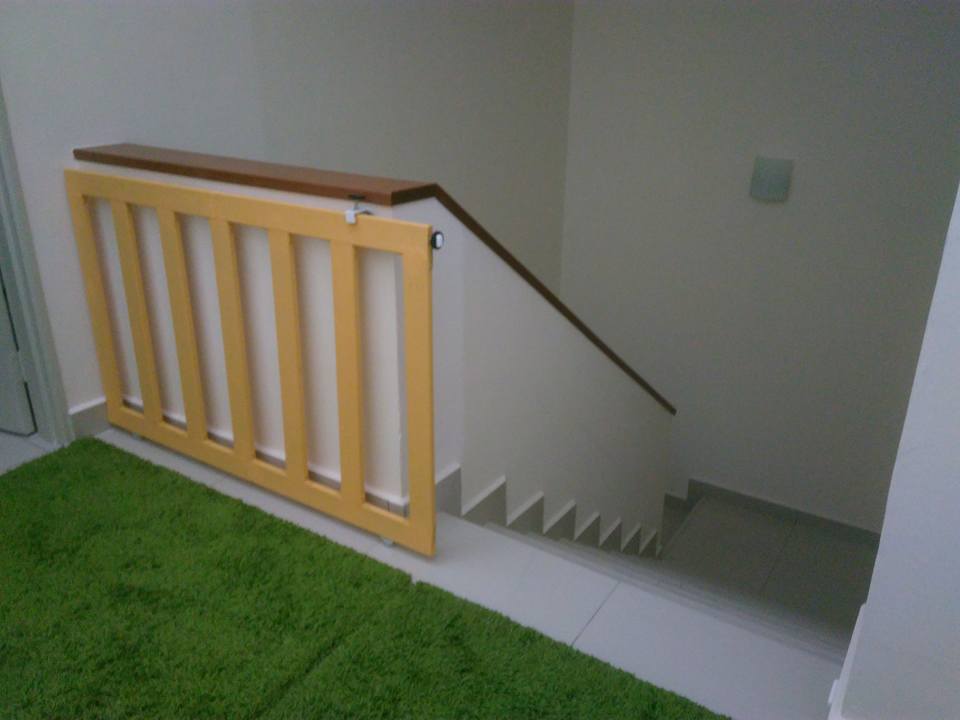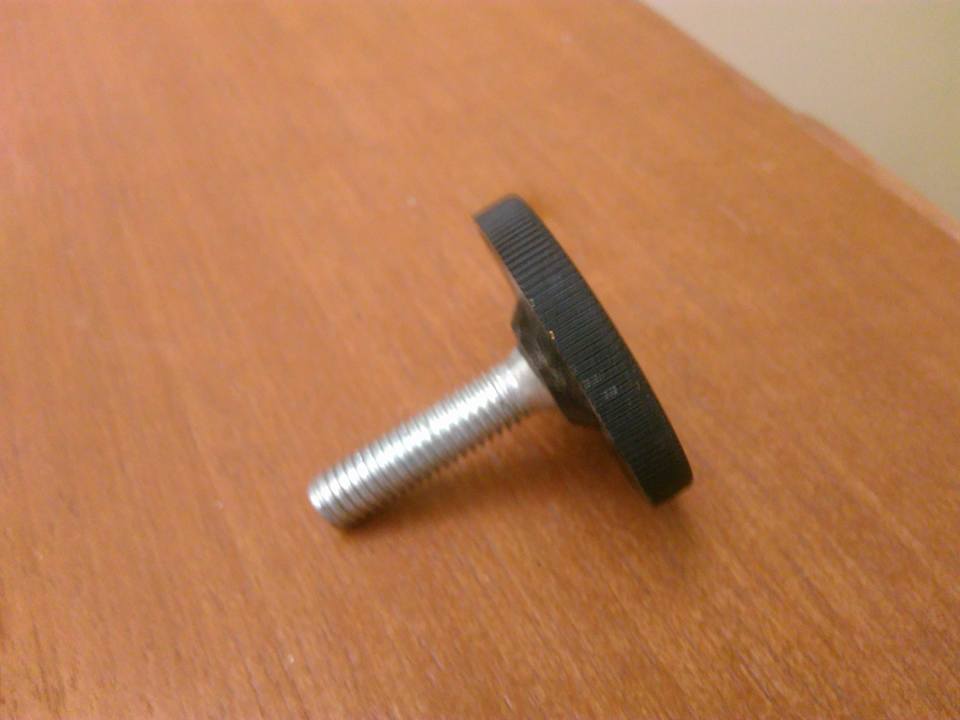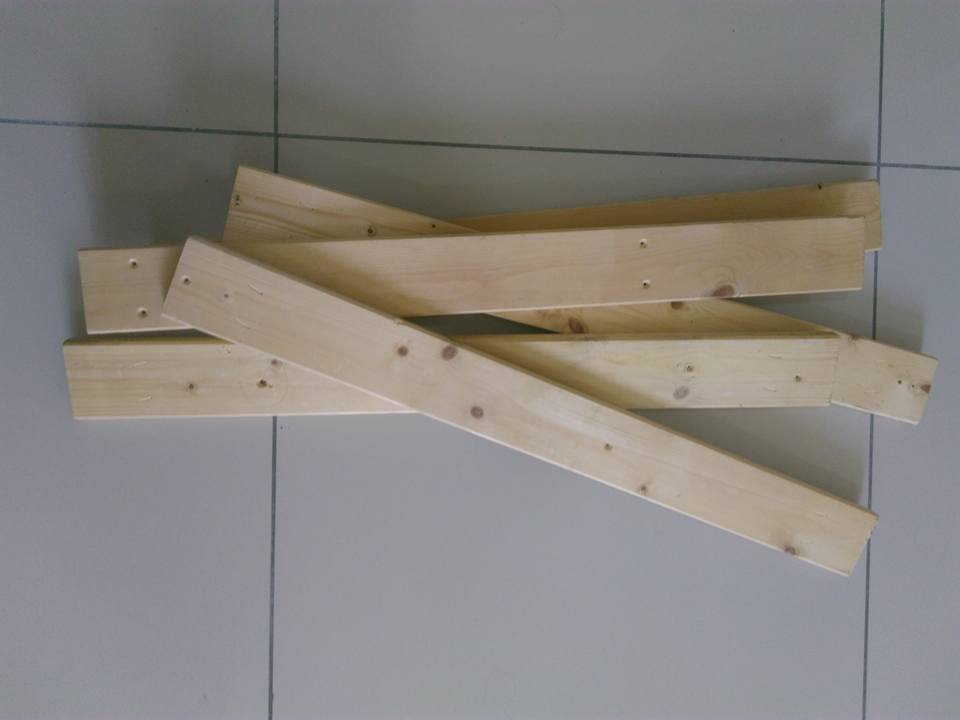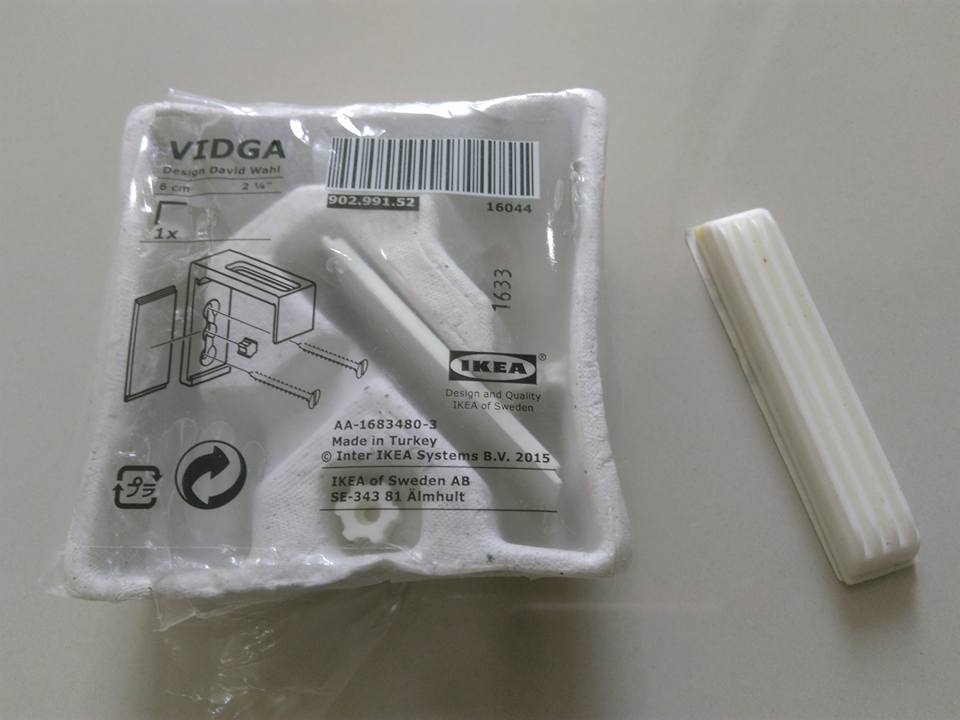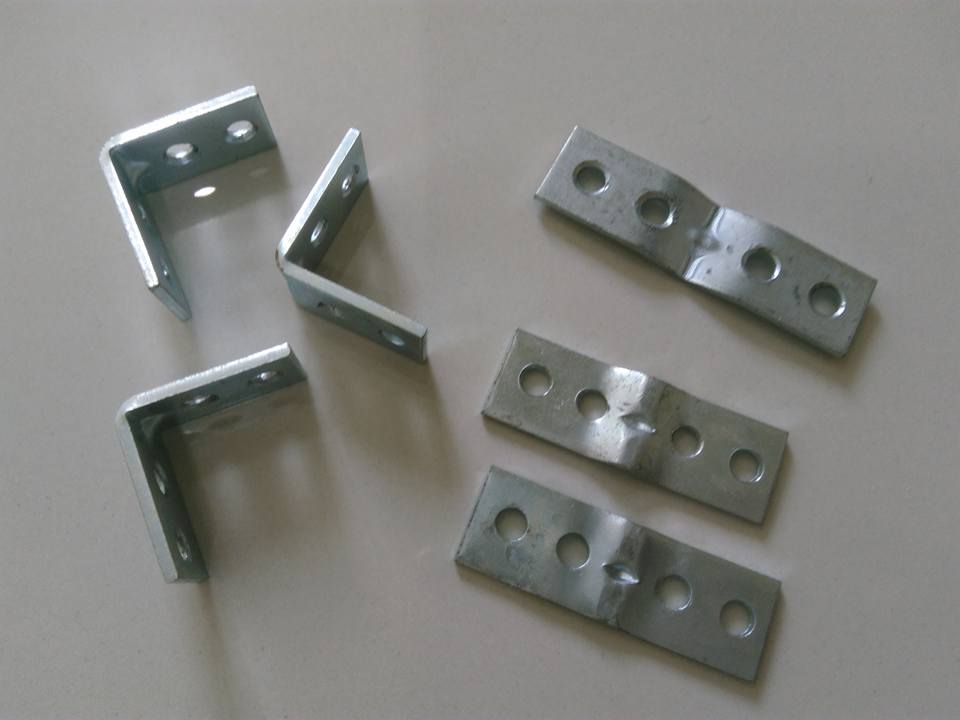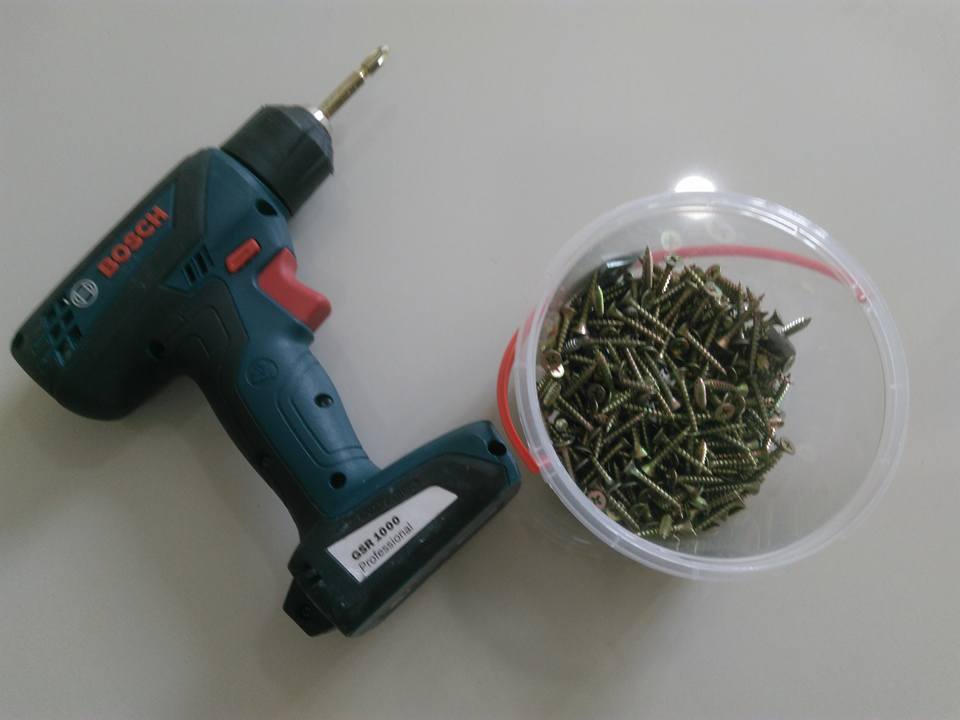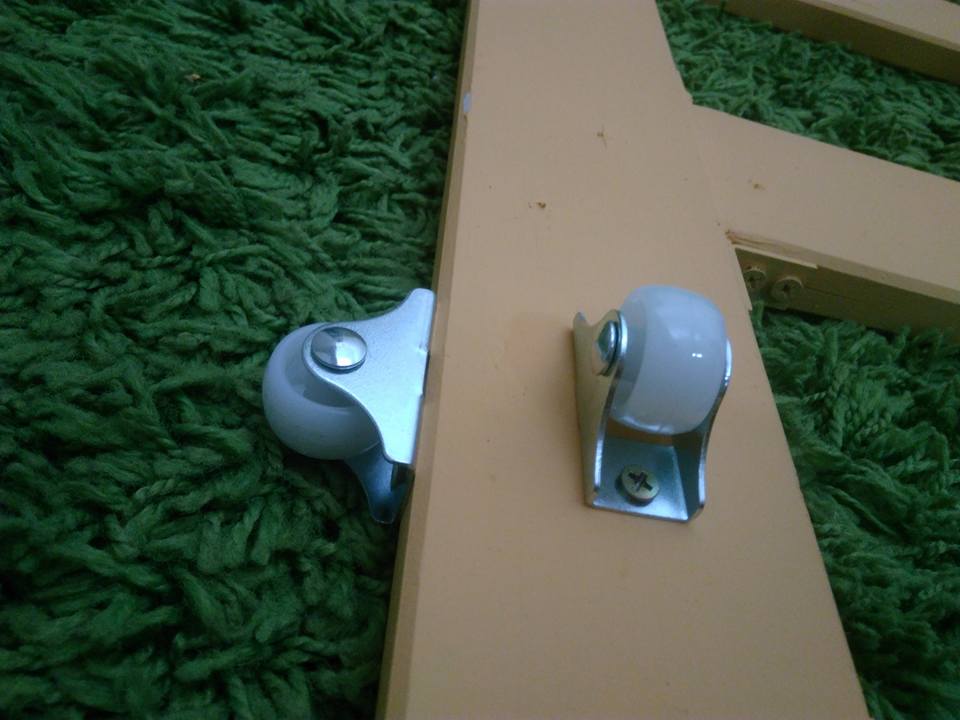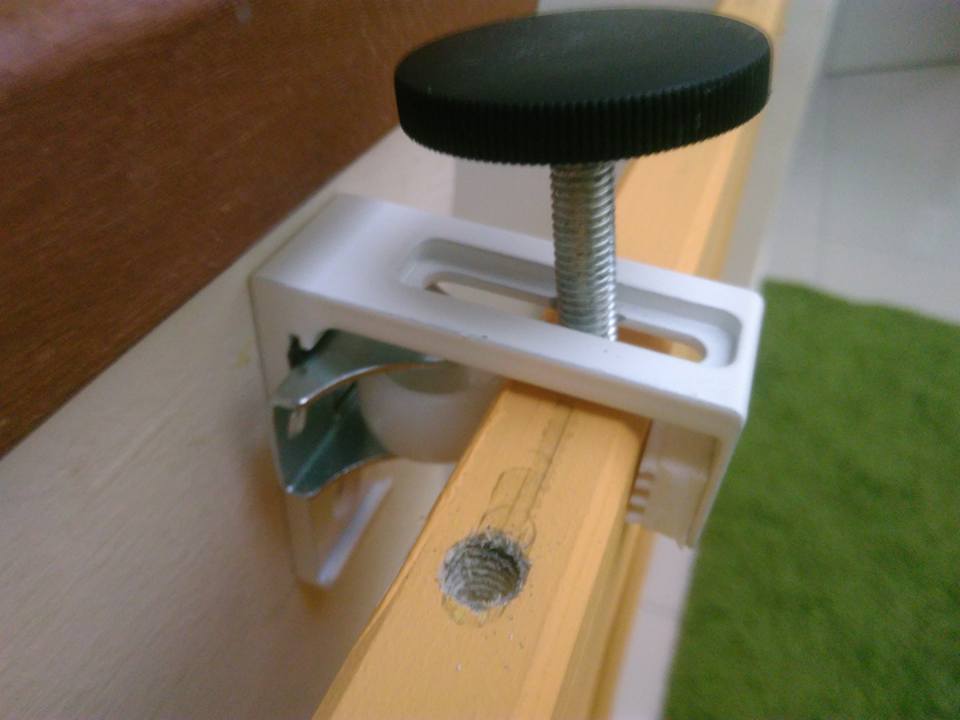As parents, have you encountered a problem where your baby moving around the house and climbing staircase or reaching for sharp tools in the kitchen? You can’t let them play alone and do house chores because the possibility for them to go to the dangerous area is high. Babies typically begin to crawl between 6 to 10 months and by the time they are able to crawl, they will keep exploring the house area. The best way to ensure their safety is by installing a baby safety gate in your house.
Table of Contents
Two things you need to do before choosing a baby gate
Baby safety gates are easy to install and require minimum effort. Before you decide which safety gate to purchase, there are some things you need to bear in mind in choosing the ideal baby gate. There are two most important things you need to take into consideration to avoid any disappointment in purchasing the wrong safety gate. These both things require you to measure.
1. How big does the space you need to cover?
First of all, how big is the space of the particular area that you wish to cover with a baby gate? All you need to do is measure the section as accurate as possible as there is nothing worse than taking a baby gate home only to find it is too short to perform its purpose.
2. How tall is your baby?
Once you have measured the space, you need to know is it suitable for your baby? It’s best to choose a baby gate that is at least three-quarters of your little one’s height. This to ensure even the most adventurous babies will not be able to climb over the baby gate.
When your baby grows taller and heavier, normally when they reach around two years old, it is no longer suitable to rely on a safety gate to restrain him.
Types of child safety gate
1. Pressure mounted baby gates
Pressure mounted baby gates are the most common safety gate used by parents. Pressure mounted baby gates work similar to a tension shower curtain rod and are held in place by pressure. It’s super easy to install! You just need to extend the rod and lock it. The pressure will keep the rod standstill. You can move pressure mounted baby gates from one place to another if needed.
Still, there are some parents complain that their pressure mounted baby gate kept falling over. So it’s crucial that you carefully follow the installation instructions in order for the baby to work effectively.
Advantages of pressure mounted baby gates
- Easy to set up and take down and easy to move from place to place
- Don’t have to screw into walls
- Cheaper than hardware mounted baby gates
- Larger variety of styles
Disadvantages:
- Can slip and fall under a baby’s weight if not installed correctly.
- Not suitable for dividing areas with a height difference, like stoops or stairs
- Cannot be mounted between walls that sit at angles
- Can leave rubber marks on walls
2. Hardware mounted baby gates
Hardware mounted baby gates are different as pressure mounted gates. As the name suggests, this type of gate screws directly into your wall, door frame or banister. So it will leave holes that need to be patched when you remove the baby. However, hardware mounted baby gates are much safer and even the most adventurous and determined toddlers will find it near impossible to knock it down.
These baby gates can be installed in dangerous areas that will result in serious injury such as around kitchen. Be sure you read and understand the instructions before you install it, otherwise, it can damage your walls.
Advantages of hardware mounted baby gates
- Can support your baby’s weight without slipping
- The only safe baby gate choice for the top of stairs
- Can be mounted between angled walls
- Can be mounted above your trim molding or baseboard
Disadvantages:
- Cannot be taken down in a hurry
- More complicated to install than pressure mounted safety gates
- Leaves ugly holes in walls and woodwork when removed
Let’s build your own safety gate with only RM30
Now you’ve known the size of the selected space that you want to install a baby safety gate. But it seems that pressure mounted gates and hardware mounted baby gates are a bit pricey and you could not afford it. Yet, you still need to purchase it to ensure the safety of your kids at home. It is dangerous to let your kids play at the staircase without parental control.
With less than RM30 you can build your own baby safety gate! This creative father shares his DIY baby safety gate that cost him around RM30 only. How he did it?
Things that you need
- Adjustable table feet
2. Wood pallet
3. Vidga IKEA, curtain hook
4. L Shaped angle steel
5. Screwdriver driller and screws
6. Small wheels
How to build it?
1. Firstly, you need to drill a hole on your wall and mounted the curtain hook. Glue the wheel on the curtain hook.
2. Screw another wheel at the bottom of the pallet and another one at the side of the pallet to let it glides.
3. Drill another hole on top of the pallet to install adjustable table feet that act as a safety lock.


